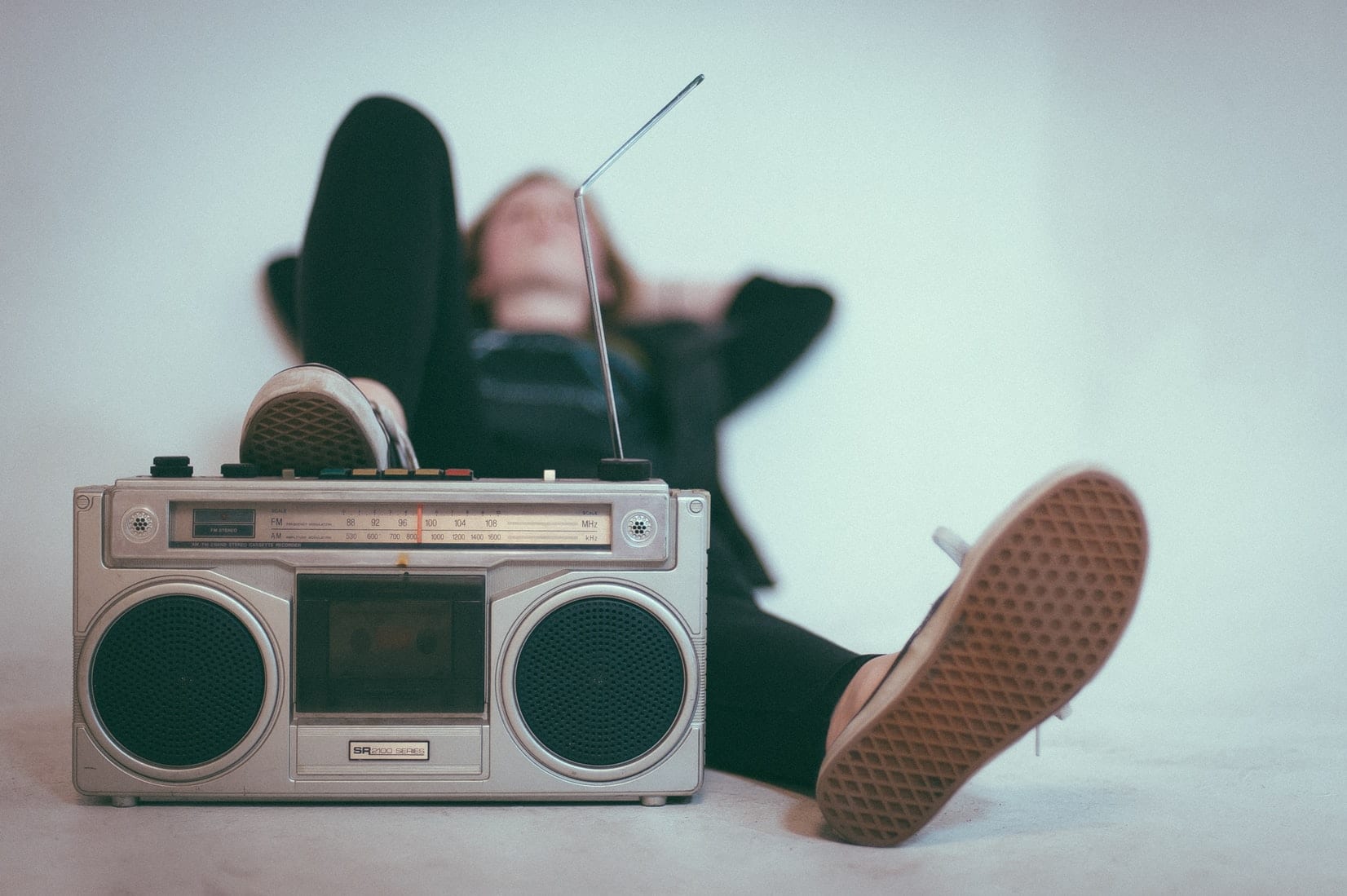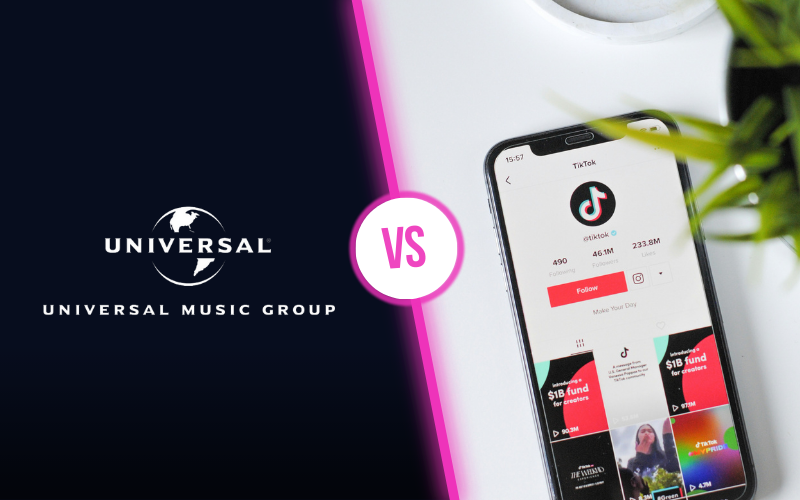Beethoven’s Fifth. Fur Elise. Twinkle Twinkle Little Star. Happy Birthday. These are all songs that you can use whenever you want in your videos because they’re in the free public domain. Perhaps you’ve heard of this magical place, the public domain. It’s a place where music is free for all, and you can use it to your heart’s content, without fear of reprisal or the dreaded YouTube copyright claim.
But what is free public domain music, really? The answer can be tricky, but never fear, we’ll start with the basics.
The public domain
It’s probably obvious to you that the public domain isn’t an actual place. “Public domain” is a term that refers to creative works that aren’t protected by copyright laws. There are three scenarios that can make this happen:
- The writers specifically put their work into the public domain
- The rights the artist had to the music expire
- There were never any copyrights
The last scenario is very rare, especially in the U.S., but the other two are pretty common. When it comes to writers dedicating their work to the public domain, it’s simply a matter of contacting the creative commons. Expired rights is just what it sounds like: a piece of music which is old enough to no longer have any restrictions.
How old? Well everything written before 1925 is inherently public domain, and works written after that go into the public domain after a certain amount of time. That length of time is usually around 50 to 75 years, depending on the country. As of 2018, in the U.S., the length of time before a sound recording goes into the public domain is 95 years from release, or 120 years from the date of recording, whichever comes first. To be totally transparent, it’s actually not quite that simple, there’s more detailed stipulations on expired rights here.
Sound recordings vs. songs in the free public domain
Before we go much farther, a quick note: a sound recording (the actual recording of a song) is a separate entity from a song (the lyrics and melody). This is an important distinction, because if you want to use a track in your video, both the song AND the sound recording must be in the public domain.
This means that last year’s rendition of Beethoven’s Fifth recorded by the London Philharmonic may not be legal to use, even though the song itself is.
Where to find public domain recordings
If you read the last section, you know that if you want to use a public domain song, you’re going to have to find a public domain recording (or make one yourself). Luckily there are a number of places you can find free public domain recordings. Some of these websites are better than others and there are a lot to choose from, but here are a few for starters:
Other options
The first thing you’ll notice on any free public domain music site is that it can be hard to find the music you want. Not only that, if you’re really going for public domain music, you’re limited to anything old enough to qualify, or music that people opted to put into the public domain. Both of those things often mean low quality. Remembering that a song and its recording must be in the public domain for you to use it, you might find yourself wading through a lot of very old recordings. And new music offered for free is often worth the price or less.
You do have other options, though. You can browse any number of stock music sites or royalty-free music sites, and your results may vary. Or, you can turn to Lickd. Lickd lets you search from over 1 million tracks and counting, as well as over 100,000 royalty-free music tracks, to help you find the best stock music for YouTube videos. All Lickd tracks are pre-cleared, with fees negotiated to be affordable. You’ll be able to immediately download tracks, use them in your videos, and you won’t have issues with YouTube copyright claims. It’s so much easier than spending your days scouring the web for free public domain music. Try it today and see what you think!





